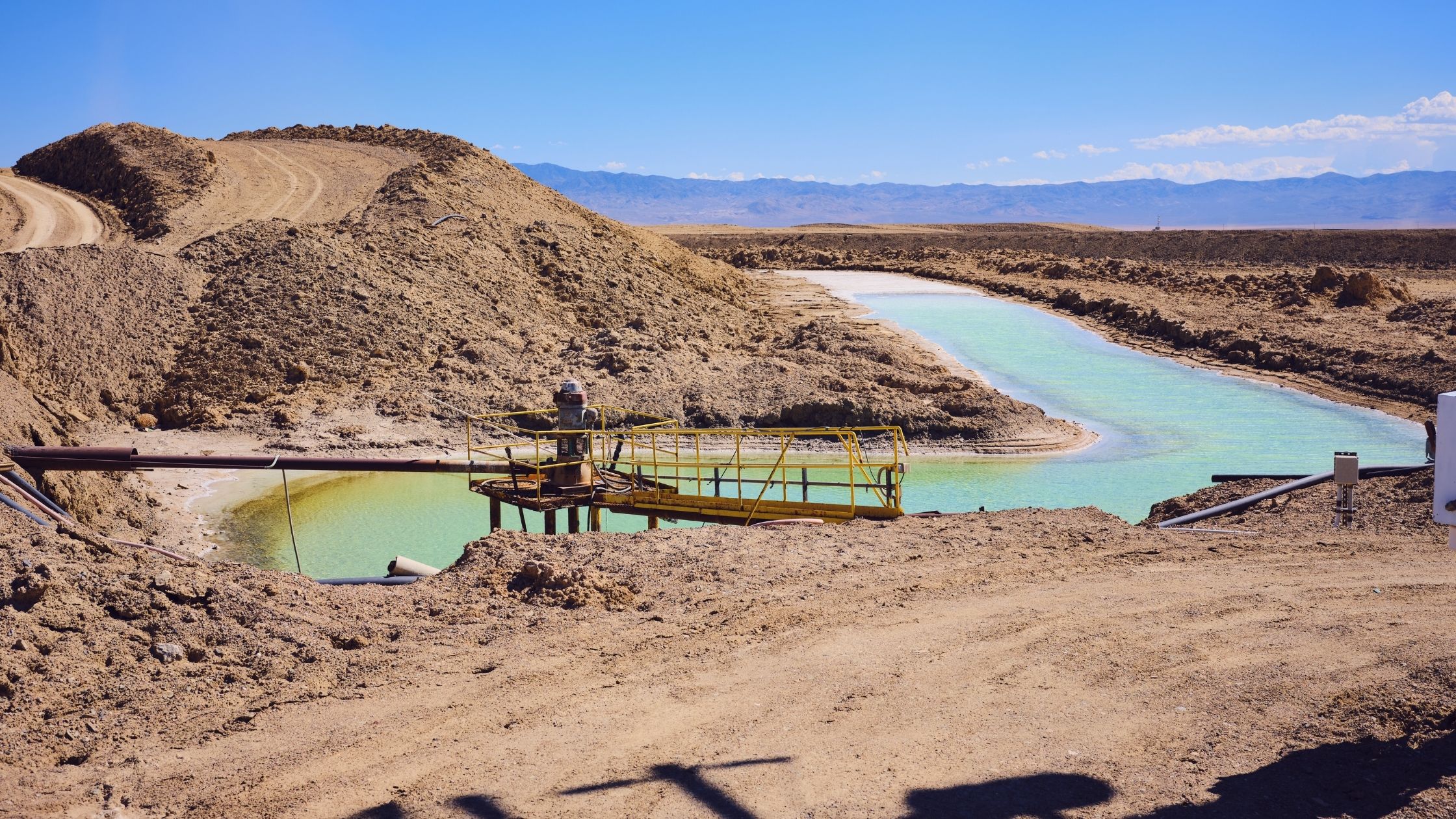ESG Risk & Regulatory Monitor
Article of the week
European funds ahead of US and Asia on green investing: survey
What’s happening? More than half of European fund managers decline to invest in companies that contribute to climate change, compared to fewer than 33% of their US counterparts, according to a survey of 101 North American, European and Asian institutions by PGIM and Greenwich Associates. The survey also revealed North American funds were slower to stress-test their portfolios to climate risk and support firms trying to mitigate the effects of climate change.
Why does this matter? Climate change is anticipated to have a notable impact on investment portfolios globally. This is clearly reflected in the sentiment of the global investors in PGIM’s survey, with almost 90% considering climate change to be “very or somewhat important”. Yet, despite this acknowledgement, there remains a gap in terms of tangible climate action – with almost 40% of surveyed investors not yet factoring climate change into their investment process. This gap varies across regions, as shown in this survey and beyond. Analysis from the think tank InfluenceMap also found US fund managers, including Vanguard and Fidelity Investments, lagged European counterparts in aligning their portfolios with the Paris Agreement.
More broadly, the PGIM white paper also found escalating risks like climate migration, and civil unrest over water scarcity, could eventually “overwhelm the direct effects from climate change”. Even looking to the near horizon, climate change is already anticipated to displace as many as 143 million people globally by 2050. Investors adopting a regional focus will need to account for these knock-on effects alongside the direct impacts of climate change.
Despite the risks there are also opportunities for investors to uncover on climate change, even where the wider market sees restricted value. PGIM’s white paper advocates investors deploy forward-looking climate analytics, as only one in fivecurrently use alternative data like flooding maps and air quality to help inform decisions.
Building on this, investors focused on the real estate, infrastructure and agricultural sectors could also use alternative resources, like geospatial technology, to hedge risks and increase alpha. In Europe, initiatives like Oxford University’s launch of a spatial finance centre this month reflect a rising area of opportunity for green investing. Meanwhile, investors in Asia and the US could avail the region’s increasing leverage of leveraging geospatial data, in order to assess the physical climate risks tied to their portfolios.
Finally, it is worth noting differing attitudes towards accounting for climate change on each side of the Atlantic may shift in the future, amid emerging legislation and changes in investor sentiment. We are already seeing nascent US prospects for climate regulation, with stress tests for the financial sector potentially on the horizon. Meanwhile, MSCI’s 2021 Global Institutional Investor Survey found 59% of the 200 firms surveyed hoped to “completely” or “to a large extent” incorporate ESG issues into their investment decisions by the close of 2021.
ESG mandates & investing
- Legal & General decides against funding Sizewell C nuclear plant
- Imperial College to house climate finance innovation hub
- NBIM’s green equity investments see returns of 34% in 2020
- Trinity College, Cambridge pledges fossil fuel divestment
- Iran proposes establishing international climate fund
JPMorgan issues inaugural $1bn social bond for affordable housing - HSBC offers Asia’s first yuan-denominated green CD in Hong Kong
- Europe needs to invest $585bn to meet 2030 climate target: report
- Institutional investor demand boosts socially responsible SPACs
- Clean-tech fund led by Bill Gates gains six new investors
- ‘Green bubble’ warnings grow as money pours into renewable stocks
- IFC expects 2021 record for ESG bond sales amid Covid-19 recovery
ESG regulation, compliance & accounting
- UK companies face greater scrutiny on climate risks at upcoming AGMs
- UK green home scheme could end less than a year after opening
- Carney’s remarks on Brookfield’s net-zero status spark criticism
- ECB set to disappoint campaigners on climate change
- ESG investing may direct capital to tax-avoiding firms
- £9.9bn invested in fossil fuels by local government pension funds
- Barclays, HSBC CEOs join Prince Charles’ net-zero finance taskforce
- UK announces E10 blending mandate to come into force in September
- Vanguard tops list of world’s largest coal investors
Global environmental taxes
- UK carbon trading system to launch in May
- Maryland bill would put additional fees on fossil fuels, vehicles
- Russia’s Sakhalin region announces ambitious net-zero goal
- Brighton to increase council tax 5% to tackle climate change
Stakeholder opposition & activism
- Activist investor Engine No. 1 urges Exxon for net-zero target
- $7.8bn Australian national climate fund urged to back coal, gas
- ACLU coalition tells Biden to stop the use of facial recognition
- Indian gov sparks backlash over arrest of young climate activist
ESG performance metrics
- Moody’s, S&P join data council established by Refinitiv
- Sovereign ratings risk downgrade due to stranded assets: Fitch
- US economists urge higher valuation of social cost of carbon
Financial regulation
- Biden revokes Trump administration’s financial regulation orders
- Climate stress tests for US banks may be facilitated by Treasury
Other ESG headlines
- Biogen, Life Science Cares back Food For Free grocery box scheme
- Data shows racial gap for Black, Hispanic homeowners: study
- Japan’s LDP party asks women to observe, stay mute at meetings
- Up to a third of global fish populations at risk: report
- UK startup gains €2.5m for insect farms that use local food waste


